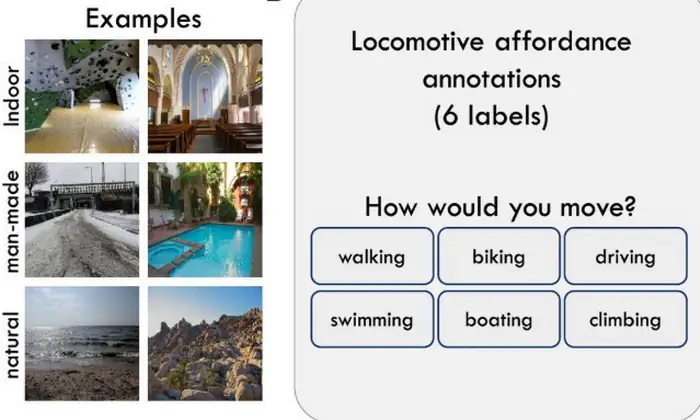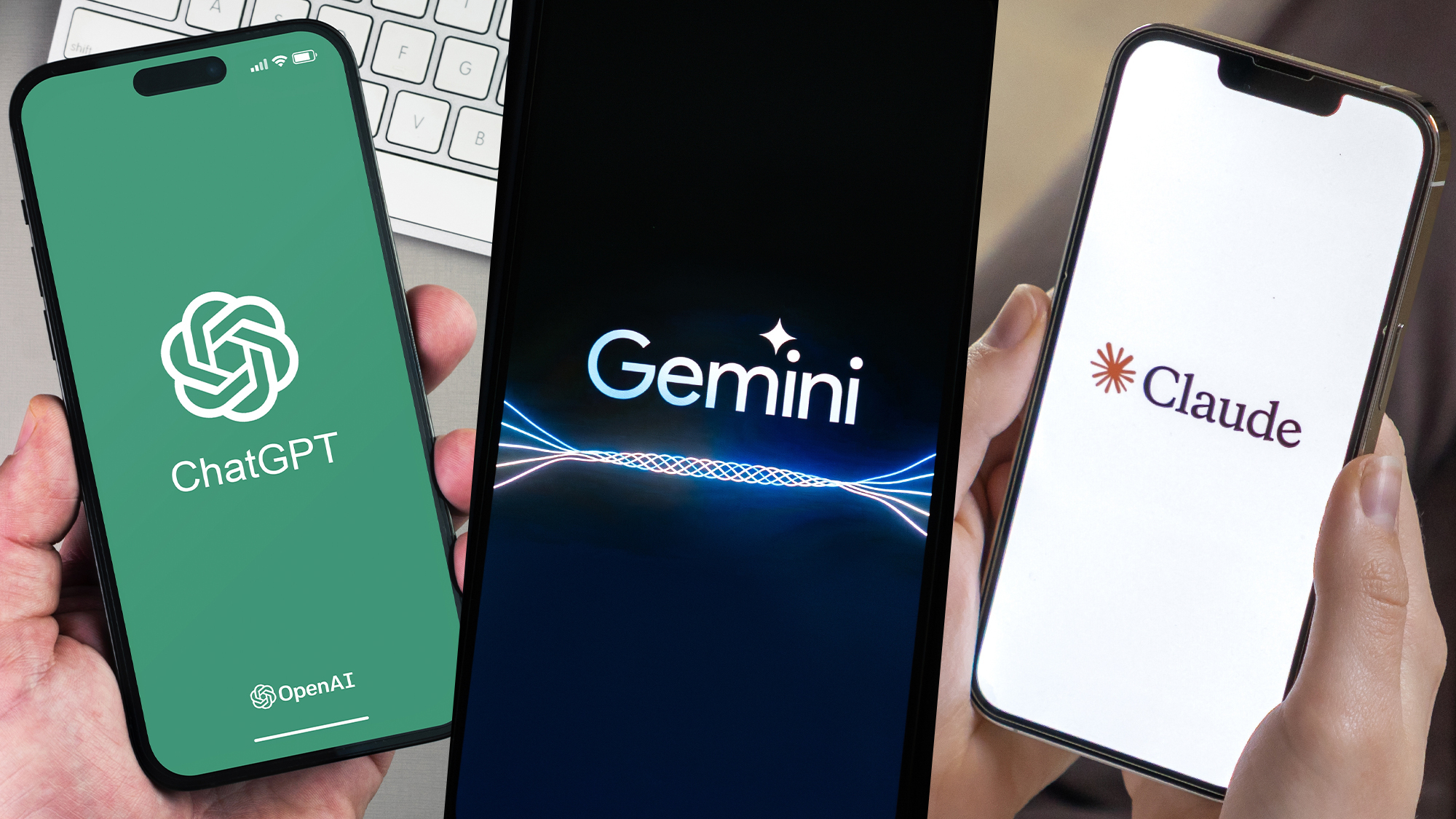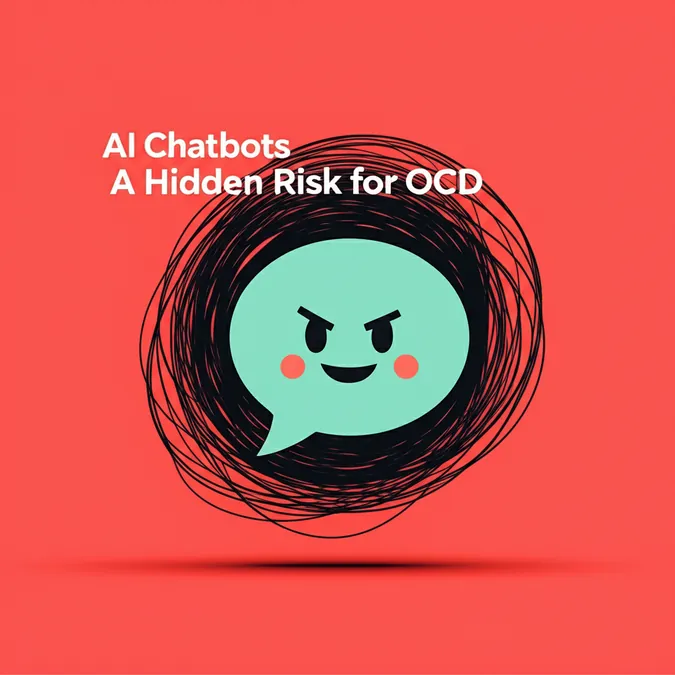Developer Offer
Try ImaginePro API with 50 Free Credits
Build and ship AI-powered visuals with Midjourney, Flux, and more — free credits refresh every month.
Human Brains Outsmart AI In One Surprising Way

In a world where AI like ChatGPT seems to be mastering everything from poetry to complex coding, it's easy to feel like humans are falling behind. However, a recent study offers a refreshing perspective, highlighting a fundamental skill where our brains still hold a significant edge.
Researchers from the University of Amsterdam have pinpointed a key area where even the most advanced AI models falter: environmental navigation. This isn't about GPS; it's about the intuitive, split-second assessment we make when we see a landscape. Look at a rushing river, a busy street, or a steep mountain path, and your brain instantly calculates the possibilities—can you walk, swim, drive, or is it impassable? This complex decision-making, it turns out, is uniquely human.
Computational neuroscientist Iris Groen, who led the study, noted the disparity: "AI models turned out to be less good at this and still have a lot to learn from the efficient human brain."
How Researchers Pitted Brains Against Bots
To understand this human advantage, the research team used MRI scanners to observe participants' brain activity. Subjects were shown a series of photographs depicting various indoor and outdoor environments and were asked to indicate potential actions, such as walking, cycling, climbing, or swimming.
The scans revealed something fascinating. As participants viewed the images, their brains were simultaneously processing two layers of information. “We wanted to know: when you look at a scene, do you mainly see what is there, such as objects or colours, or do you also automatically see what you can do with it,” explained Groen. The answer was a definitive both. Our brains automatically register not just the scene's composition but also its potential for interaction, even without conscious thought.

Why AI Falls Short in Navigating the Real World
The real test came when the scientists benchmarked this human capability against sophisticated AI, including image recognition models and GPT-4. The results were clear: the AI was significantly worse at predicting the possible actions within a given scene.
Even when the models were specifically trained for action recognition, their performance only slightly neared human judgment. Crucially, as Groen points out, "the human brain patterns didn’t match the models’ internal calculations." This suggests AI isn't just less accurate; it's thinking about the problem in a fundamentally different, and less effective, way than we do.

The Real-World Implications for AI's Growth
This might seem like an abstract problem. After all, ChatGPT doesn't need to cross a river. However, the implications are vast as AI becomes more integrated into our physical world. This skill is critical for technologies like self-driving cars that must navigate complex streets, for robots operating in unpredictable environments, and for future AI systems that will interact with us through live video and audio.
As AI technology advances, we are continually discovering its limitations in replicating nuanced human thought. It struggles to interact with the world in the way it was designed for us. While models like ChatGPT will undoubtedly improve at this task over time, for now, we can take a little pride. When it comes to looking at a rocky hill and knowing you can climb it, the human brain remains smarter than any chatbot.
Compare Plans & Pricing
Find the plan that matches your workload and unlock full access to ImaginePro.
| Plan | Price | Highlights |
|---|---|---|
| Standard | $8 / month |
|
| Premium | $20 / month |
|
Need custom terms? Talk to us to tailor credits, rate limits, or deployment options.
View All Pricing Details

